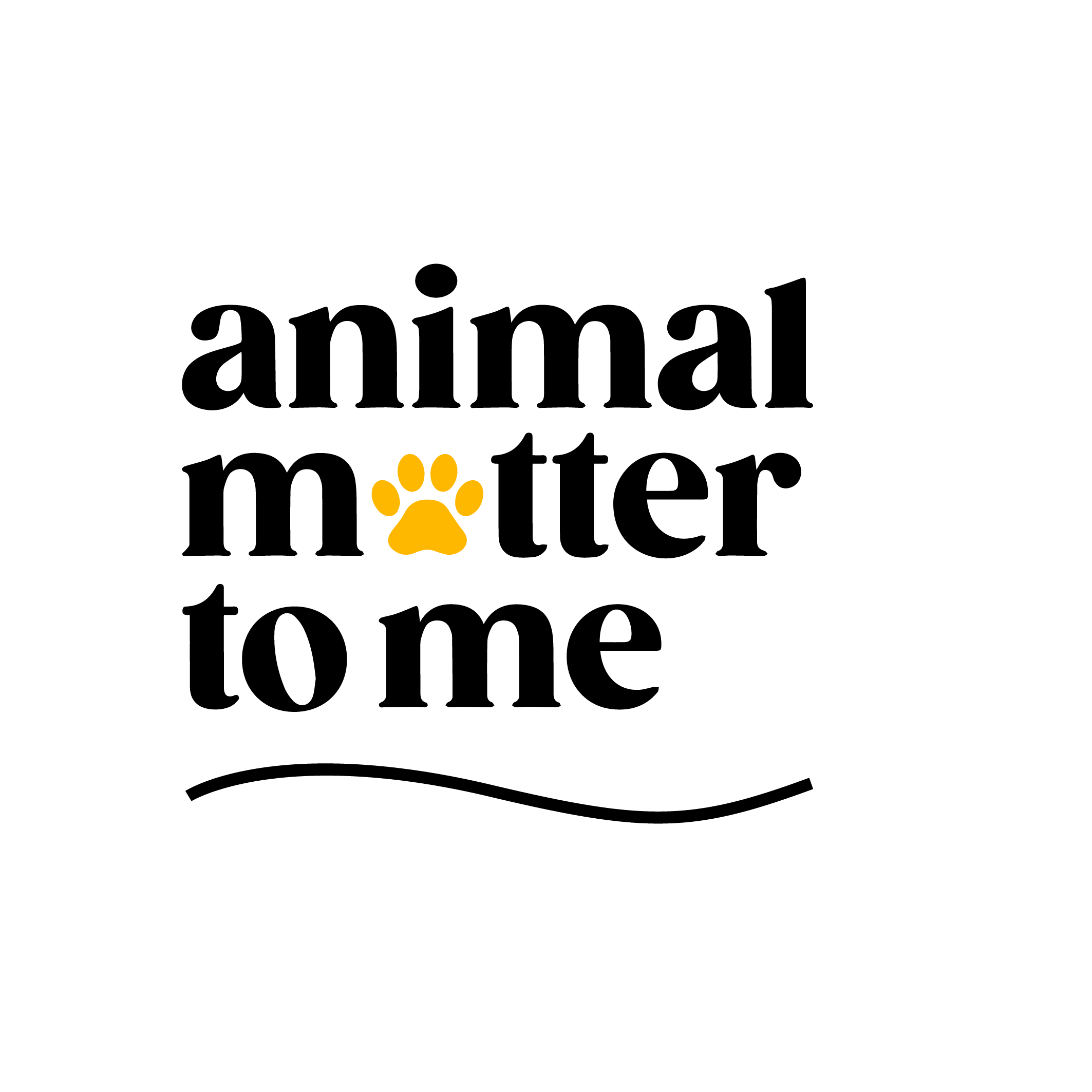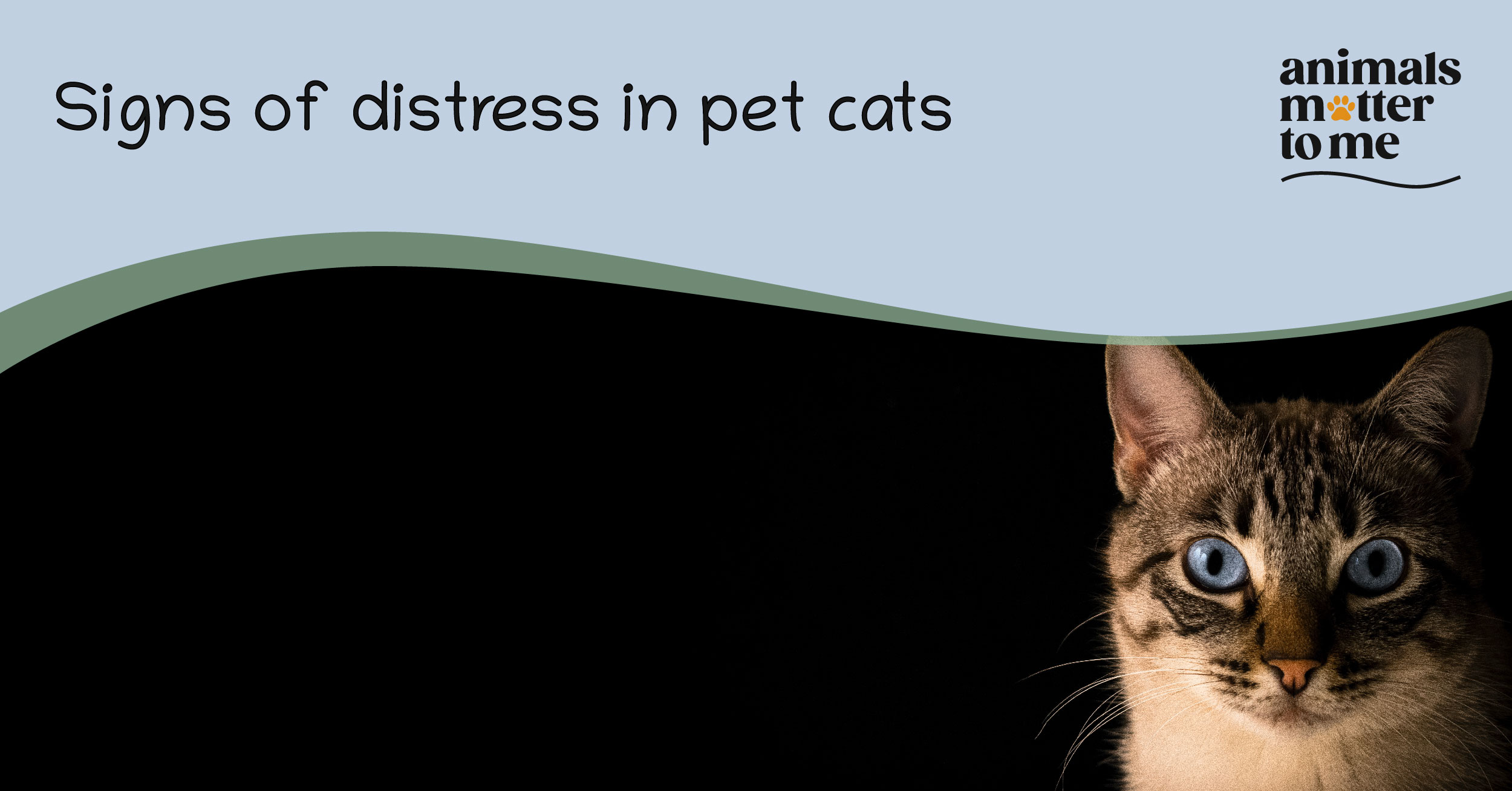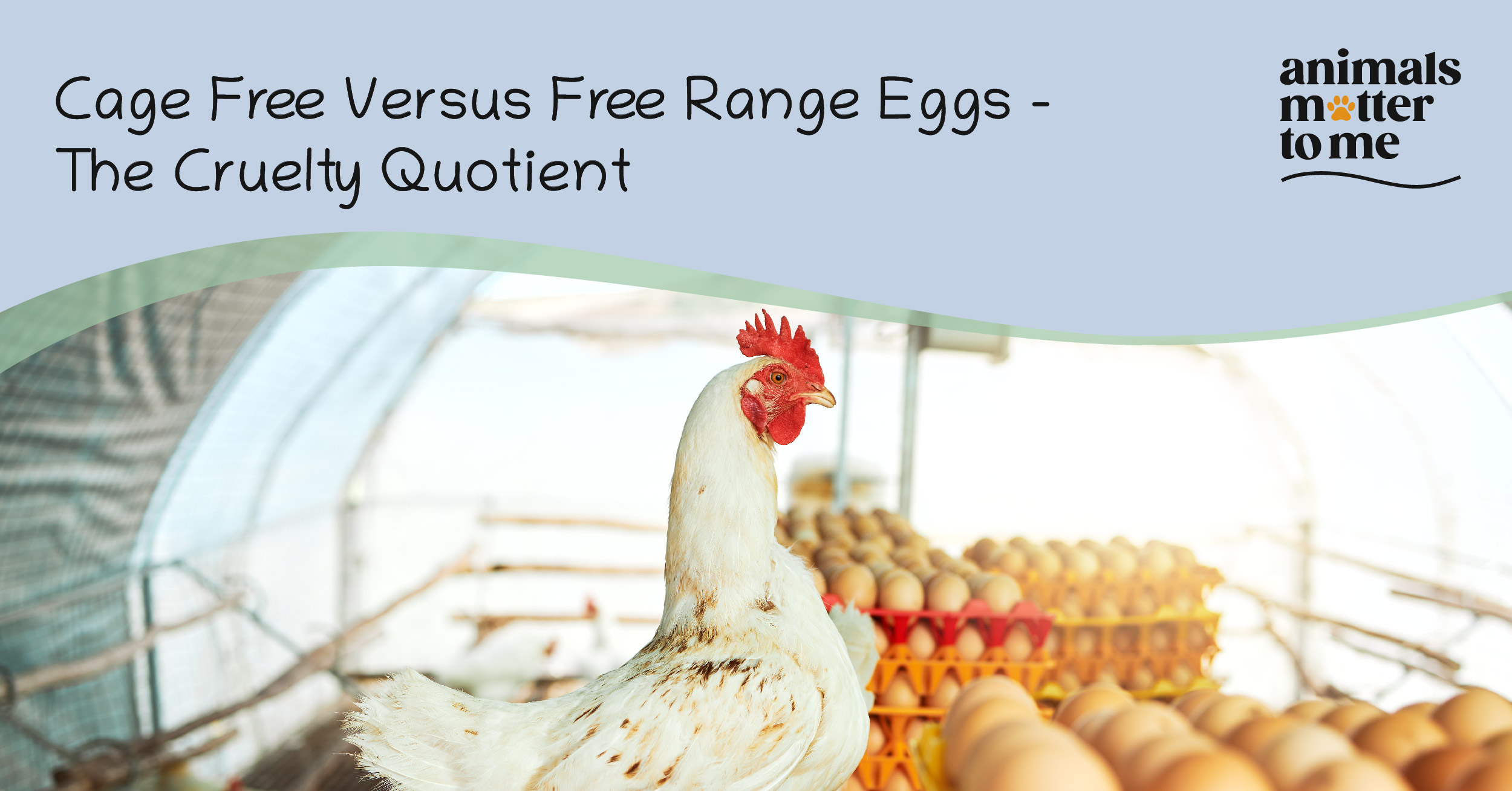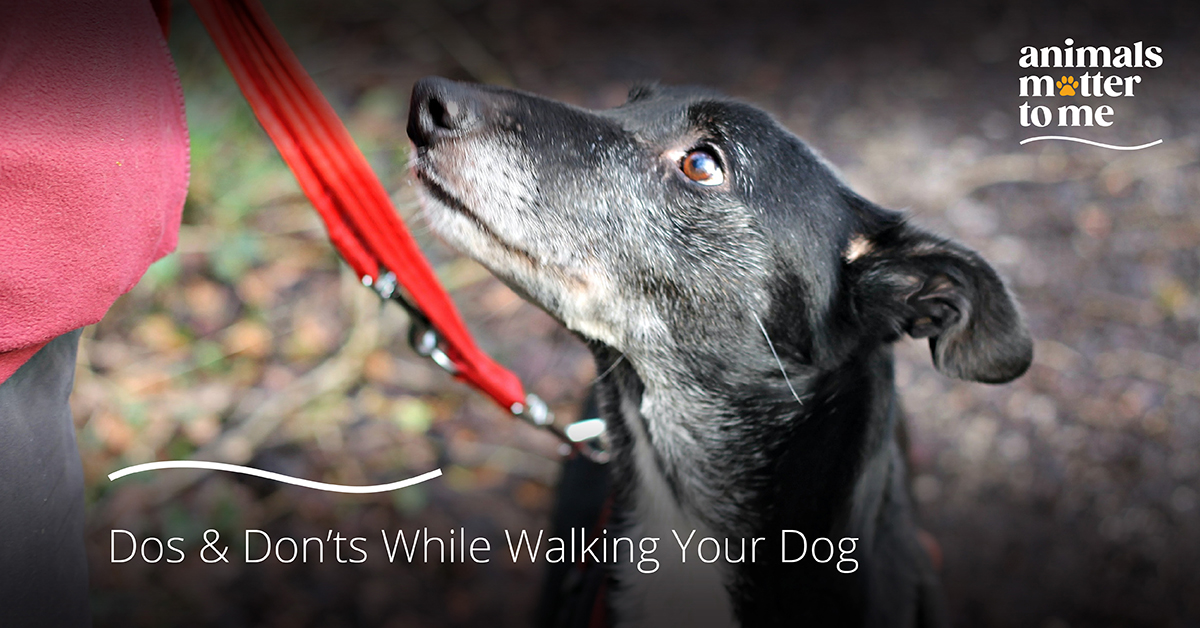Cats are known for their independent and mysterious nature, sometimes making it challenging for pet owners to sense signs of distress. Unlike dogs, cats may not always express their discomfort overtly. Cat owners must be attuned to subtle cues that indicate when their feline friends are experiencing distress. Here’s what you should look out for:
1. Changes in behaviour:
Hiding or withdrawal: If your cat suddenly starts hiding in unusual places or isolating themselves, it could be a sign of distress.
Unusual aggression or fear: Cats may become aggressive or excessively fearful when they’re distressed. Look out for hissing, swatting, or avoidance behaviours.
2. Changes in eating habits:
Loss of appetite: A sudden decrease in food intake could indicate a health issue or stress. Monitor your cat’s eating habits and consult a vet if there’s a noticeable change.
Excessive eating or drinking: Conversely, an increase in appetite could signal an underlying problem, such as diabetes or hyperthyroidism.
3. Litter box changes:
Changes in litter box habits: Pay attention to any changes in your cat’s litter box behaviour, including increased frequency, straining, or avoiding the litter box altogether. These may point to urinary issues or discomfort.
4. Grooming changes:
Excessive grooming or lack thereof: Cats may groom excessively when stressed, leading to bald spots or skin irritation. On the other hand, a lack of grooming might indicate pain or illness.
5. Vocalisation:
Unusual vocalisations: Cats may meow more than usual or make distressing sounds if they’re experiencing discomfort. Investigate the cause and seek veterinary advice if needed.
6. Changes in posture and movement:
Lethargy or unusual restlessness: Cats are generally known for their napping habits, but a sudden increase in lethargy or restlessness may be a sign of distress.
Changes in walking or movement: Observe your cat’s gait and movement for any signs of stiffness, lameness, or difficulty in getting around.
7. Changes in sleeping patterns:
Insomnia or excessive sleeping: Significant changes in sleep patterns may be indicative of stress, anxiety, or underlying health issues.
8. Physical symptoms:
Vomiting or diarrhoea: Gastrointestinal issues can arise from stress or illness. Frequent vomiting or diarrhoea should be addressed promptly.
Purring in pain: Sometimes, cats may purr not only when content but also when in pain. Pay attention to the context and other signs of distress.
As responsible cat owners, it’s crucial to be observant and proactive in addressing signs of distress in our feline companions. Regular veterinary check-ups, a stimulating environment, and a consistent routine can contribute to your cat’s overall well-being. Remember that early detection and appropriate intervention are key to maintaining a happy and healthy life for your beloved pet. If you notice any concerning changes, consult with your veterinarian to ensure your cat receives the care and attention they need.




